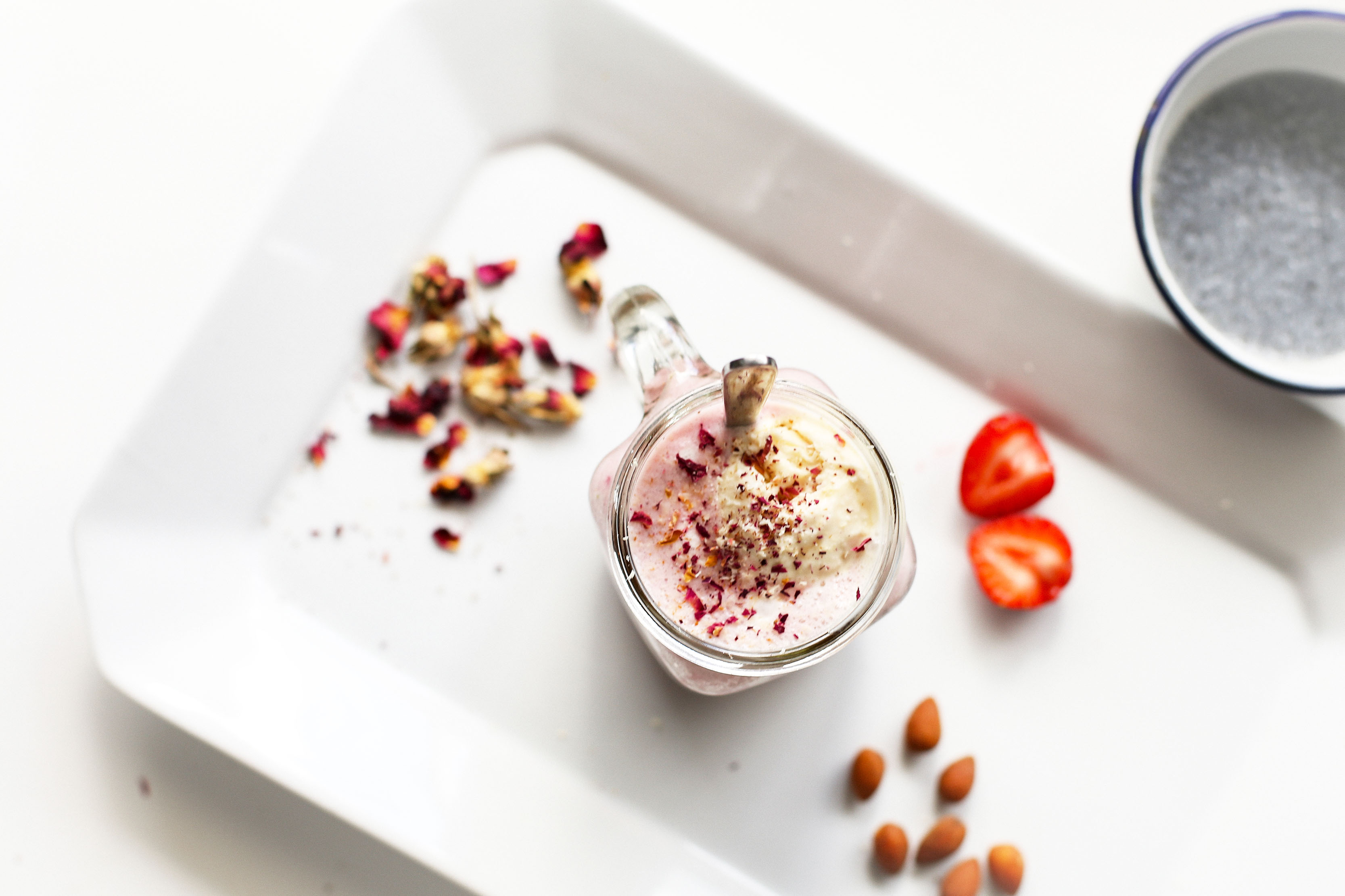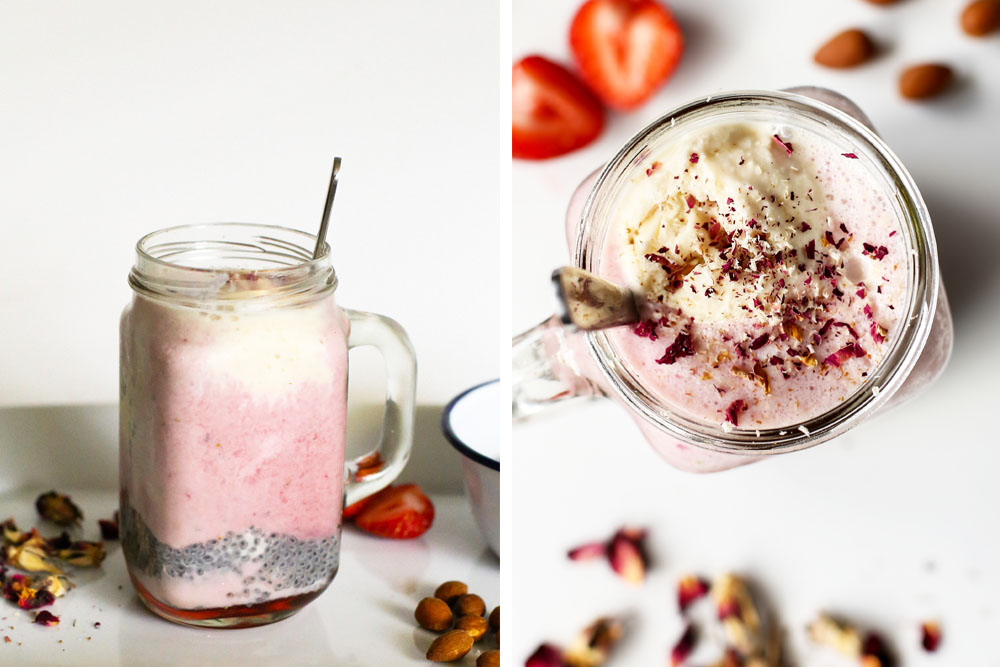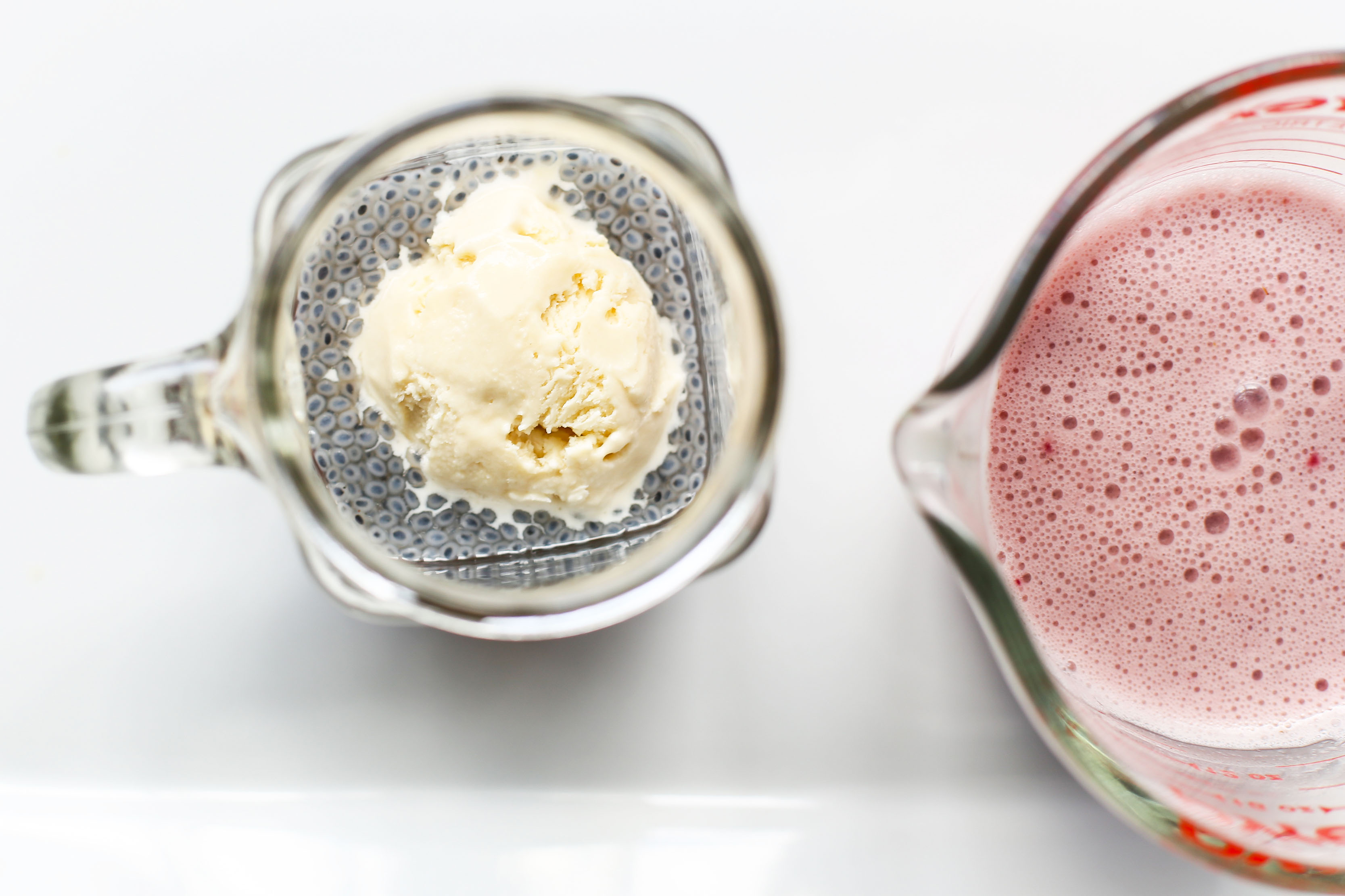
I have many fond memories of partaking in iftar while being gainfully employed as a journalist in Bombay. Many of my co-workers and friends in the office (minus one famous character) were practicing Muslims and once the sun went down, bundles and bags of oil-soaked newspapers passed through the newsroom and were homed onto the desk of the conference room. After the reporters and editors prayed their namaz, the newspapers opened up to reveal samosas, bhajiyas, cutlets, bread vadas, vadas – all the BEST SNACKS to smudge the living crap out of the daily headlines.
We loved it. But sad face, it turned out to be a one year thing at the office. I figure it’s not cheap to feed all us starving media people and though we got paid like shit, I don’t believe we counted as the charity our brothers and sisters had to fulfill during this sacred time of Ramzan.
Prior and post the newsroom iftar, my Ramzan (I say it like I fasted. I did not) usually involved a late night trip to Mohammed Ali Road, a street 20 minutes away from where Jane and I lived (the tiny flat in which my dad and his 6 brothers grew up in along with their parents and grandmother). Sheltered under the JJ Flyover in Mumbai, Mohammed Ali Road’s khau galli (food alley) comes alive from sundown to well past midnight, during Ramzan. Tourists, hunter-gatherers, shoppers, families and me go from one restaurant to the other eating kebabs, biryani, mawa jalebi, phirni, nalli nihari (thank you Mej for this specific introduction) and bheja fry (goat brain), if you’re brave enough. By the end of it all, I hugged a satisfied food baby, wrapping the extra malpua to-go. On the walk or taxi drive home, a stop at Crawford Market for Badshah’s falooda always seemed like the smartest idea so of course, we always obliged.
It was never not not the smartest idea and you can read that twice.
I feel like a millionaire to have had the chance to make so many memories with Bombay, the city first introduced to my family through my father’s food. I’m not sure it would have felt as much of home hadn’t it been for the familiar faces and places we heard about, saw during vacations and then made our own as adults. My father always talked about his growing up in the city but the part that stuck with me the most as a child was how he could speak or understand so many languages because of how closely all the communities lived. You learnt the basics just because of how many people you encountered and depended on. Being the ever-curious kid, it sounded like my utopia. Turns out, it was a harsh life as well but all of it led him to whom he turned out to be. That in turn, led to us being open and willing to understand our neighbours. I think we were very lucky. How could we not be?
Since Ramzan Eid is a few days away from today (new moon sighting), I decided to write a quick falooda recipe to mark the festivities. It’s a drink for anytime but is especially refreshing to wash down all the iftar foods, on a sunny day when you’re just kicking it in the park. What I love most about falooda is that you can choose your own toppings, jelly/noodle add-ins, syrups and ice-creams. Just don’t forget the sabja/tukmaria/basil seeds (I used to call them fish eyes). They are the bestttttttt.

Falooda is a drink that came to India from Iran through Muslim traders and it became popular during the rule of the Mughal Empire. It’s much loved in India, Pakistan, Bangladesh and even Sri Lanka. You can buy sabja/tukmaria/basil seeds at any SE Asian, Middle Eastern or Persian store. Chia seeds can be substituted in a pinch, although they have a different consistency. You can also buy premade rosewater syrup (falooda syrup) at these stores. But I included a recipe for it anyway. The hibiscus flowers in this recipe don’t stain the milk pink but they do add their colour (and delicious sour taste) to the syrup. If you don’t have strawberries to colour the milk pink, just add a drop of pink food colouring to the syrup at the end and that will do the trick.
Ingredients
Serves 4
- Tukmaria/sabja or basil seeds
- 1 cup rose water (for culinary use)
- 1 cup sugar
- 3 tbsp dried hibiscus flowers
- 4 cups milk of your choice, chilled
- 6 strawberries
- 8 scoops of your favourite kesar (saffron), pistachio, almond or vanilla ice-cream
- Chopped or shaved almonds, pistachios or dried rose petals, to garnish
Soak 2 tbsp of sabja seeds in 2 cups of water for no less than 30 minutes. The seeds are ready to use once they plump up. Drain excess water, if any and set aside.
To make the rose water syrup, pour the rosewater and sugar into a small saucepan and put it over medium heat. Stir to dissolve the sugar and then keep stirring until the mixture comes to a boil. Reduce the heat and simmer the rosewater for 5 minutes or until it turns to a thick syrupy consistency. A good way to check this is to allow it to coat the back of a spoon and then run your finger along the spoon. If you form a clean line through the syrup, it’s ready.
Take the saucepan off the heat and put the hibiscus flowers into the syrup. Let them sit for 5 minutes until they colour the syrup pink.
Strain the hibiscus and keep aside (You can pour boiling water over the used flowers and drink as like sweet tea). Pour the syrup into a jar and let it chill in the fridge. Can be made ahead and stored refrigerated for up to a month.
Put 4 tbsp of the rosewater syrup, milk and strawberries into the jar of a blender. Blend until smooth and bright pink.
To make 1 falooda, fill about 1/8 of a glass with more rosewater syrup. Add 1-2 tbsp of sabja/basil seeds. Add 1 scoop of ice cream on top of the seeds and then fill the glass *almost* to the top. Put in one more scoop of ice cream and top with a little more syrup + almonds, pistachios or dried rose petals. Wiggle a spoon into the glass, mix everything up and enjoy cold!
